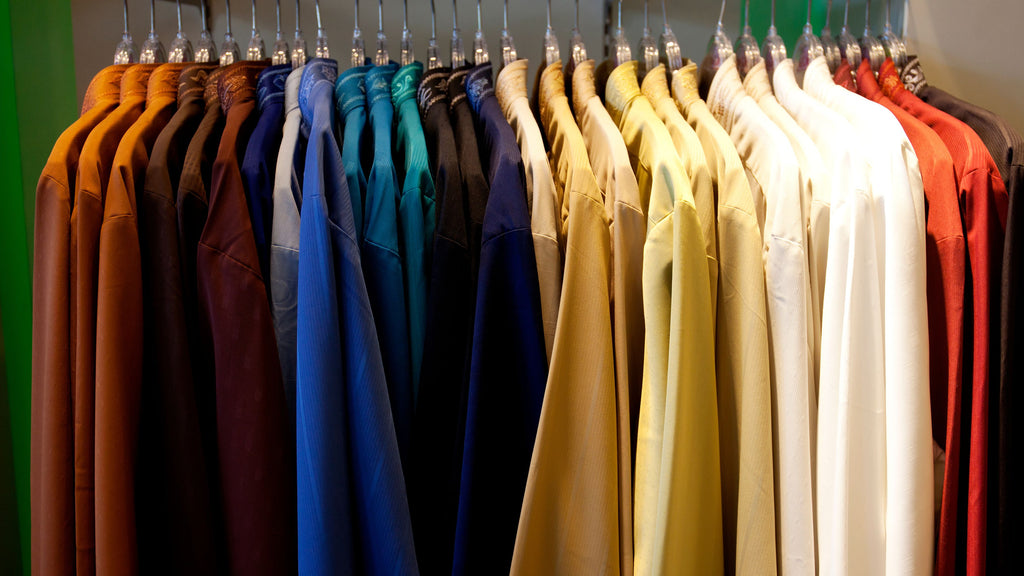Formaldehyde causes leukemia, according to EPA assessment suppressed by government officials. It’s been confirmed for some time that Formaldehyde is toxic to humans and short term exposure can cause eye, nose, and throat irritation, headaches, and skin rashes. Long term exposure is still being studied but findings show that major health implications are present. According to The Intercept, the formaldehyde assessment has grave implications for public health, yet the Trump administration officials refused to allow the EPA to release it.
Formaldehyde is commonly used and found in wood and particle board, glues, furniture, plastics, paper, firefighting formulas, cosmetics and clothing. This also exposes millions of workers to hazardous levels who are working in these types of factories. In addition to looking at the chemical’s relationships to nasopharyngeal cancer and leukemia, the draft assessment also factored in evidence that formaldehyde causes decreased lung function, allergic conditions, reproductive and developmental toxicity, and sensory irritation.
A 2017 DRAFT assessment of formaldehyde that was suppressed by the Trump administration found that the chemical causes myeloid leukemia, according to several sources familiar with the document. The draft assessment concludes that 1 microgram of formaldehyde in a cubic meter of air increases the number of myeloid leukemia cases by roughly 3.5 in 100,000 people, more than three times the cancer risk in the assessment now in use. The EPA currently regulates formaldehyde using an outdated set of calculations, finalized in 1991, based on the risk of nasopharyngeal cancer. If the nasopharyngeal cancer and myeloid leukemia risks are combined, the cancer risk could be 4.5 times higher than the current value.
Even using the much lower, outdated cancer risk number set in 1991, formaldehyde is already the greatest source of nationwide cancer risk from industrial air pollutants, estimated to cause roughly 18 of the 32 cancers in every 1 million people in the U.S. that are caused by toxic pollutants in the air, according to the EPA’s own data. If the risk values are increased by a factor of four or more, the reported cancer risk from formaldehyde will go up accordingly, revealing previously unrecognized cancer hot spots around the country.
Here is where the clothing industry comes in. Formaldehyde is widely used in fabrics for a variety of reasons, the main use is to create “wrinkle free” fabrics and to reduce “shrinkage” when washed. The U.S. doesn’t regulate formaldehyde levels in clothing, but other countries do. Because formaldehyde is so pervasive, a wide range of business interests have attempted to prevent the EPA from finalizing the assessment and publicly acknowledging the connection to leukemia. Until now, the EPA has kept the contents of its assessment under tight wraps. The leaked information provides a window into how the science and regulation around the chemical will finally be updated.
The real way to avoid these constant contact with Formaldehyde is to support organic and toxic free brands. Companies are starting to become more transparent and some are even starting to add notes on the website. But the only way to really know is to email them and confirm if they are using the chemicals in pre or post manufacturing.

